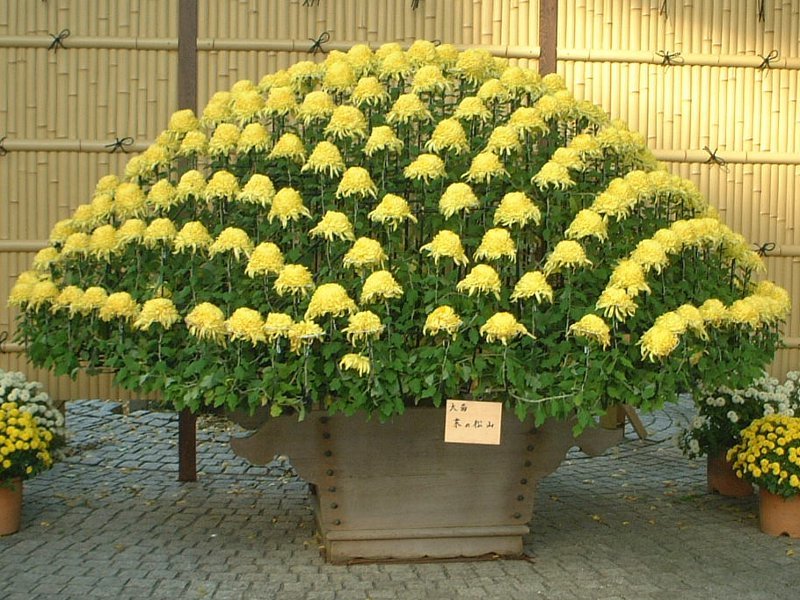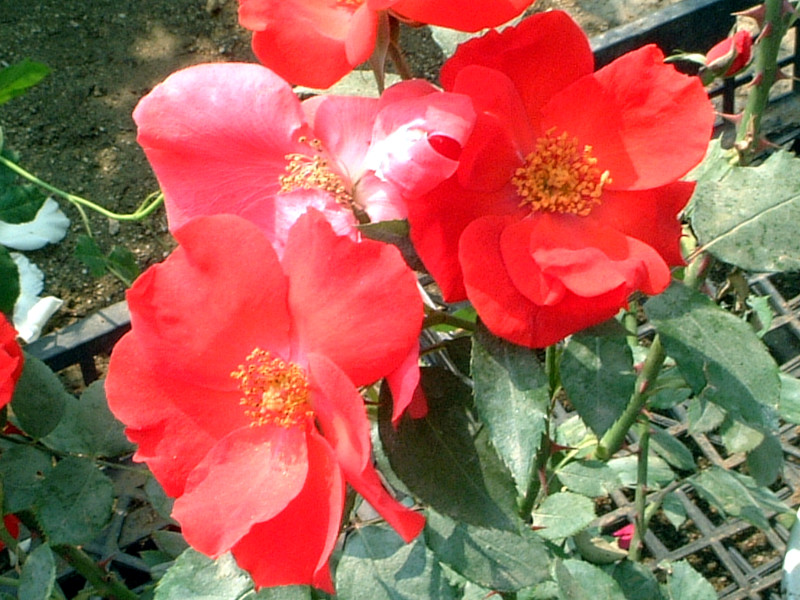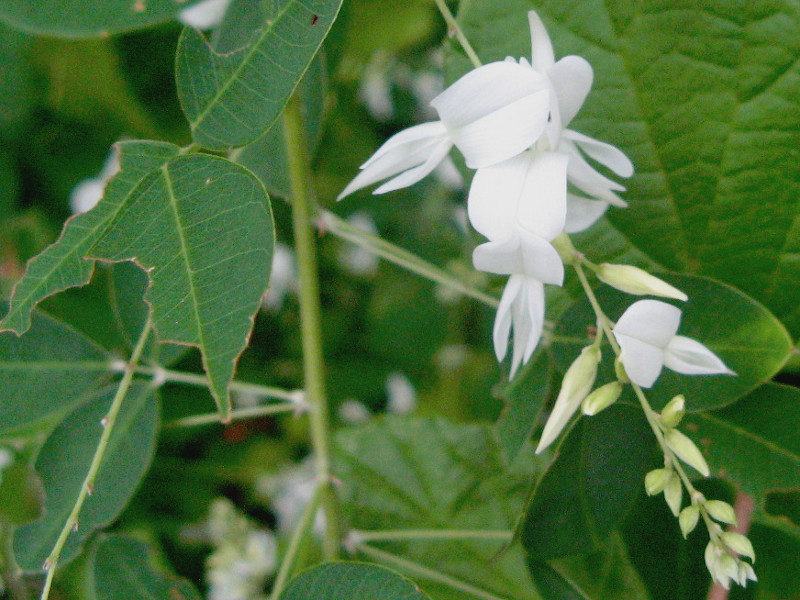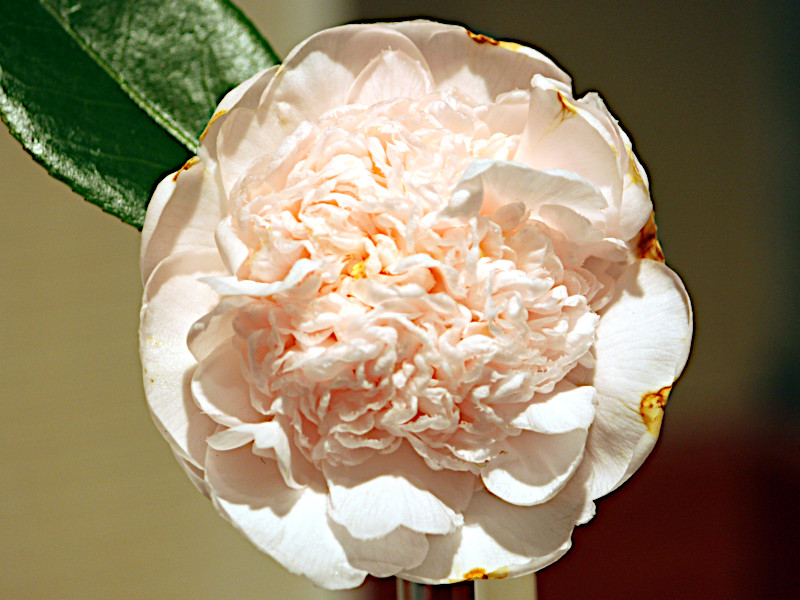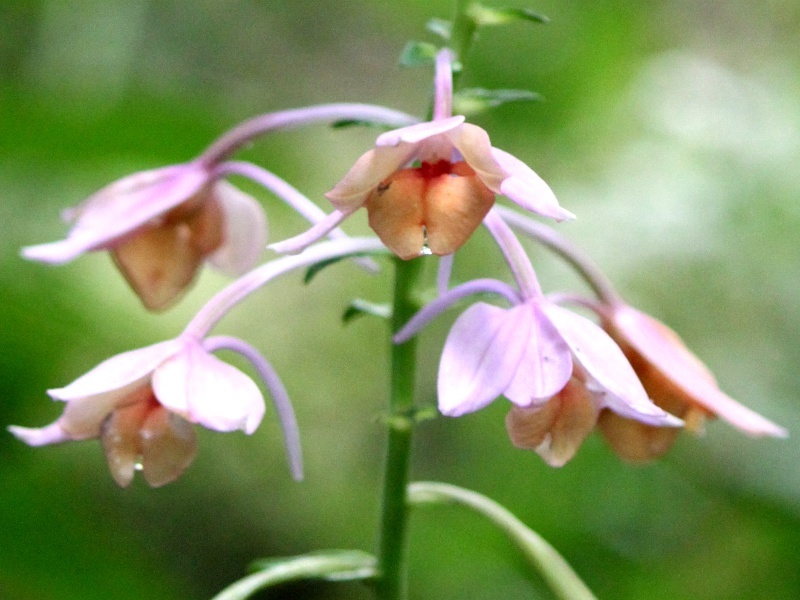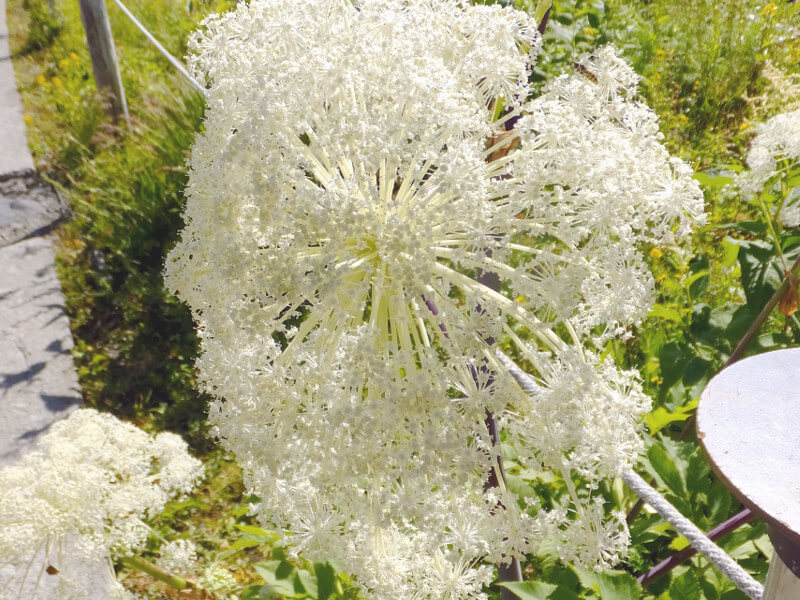Mandragora officinarum
- Flower nameMandragora officinarum
- Scientific nameMandragora officinarum
- AliasMandrake, European Mandrake, Mandragora, マンドラゴラ, 恋茄子, 恋なすび
- Place of originMediterranean region
- Place of floweringOverseas
- Flowering seasonApril, May, June, July, August, September
What is Mandragora officinarum
Mandrake (Mandragora officinarum) is a perennial herbaceous plant in the Solanaceae family, native to the Mediterranean region. It is known as European Mandrake, Mandragora, or Love Apple (referring to the fruit mentioned in the "Book of Genesis" in the Old Testament). There are four types of mandrake, of which three are considered medicinal. This variety is one of them, known as the spring mandrake, named for the belief that its root resembles a "strong man."
The plant grows to a height of 30-50 cm. It has almost no stem above ground. The leaves are basal, forming a rosette at the base, and can be elliptical, reaching up to 45 cm. From April to September, it produces bell-shaped, light purple flowers, and in October, it bears spherical fruits that resemble yellow or orange tomatoes.
The underground root is thick and upright, splitting into two branches at the tip, with fine roots branching out in a complex and entangled manner, resembling a human figure. This officinarum variety is believed to have a male human shape.
In medieval Europe, small amounts of the root were used as a painkiller or anesthetic. The root, seen as having a human shape, was believed to possess mystical powers and was revered. It was thought that wearing it could bring fertility and good fortune, making it a popular amulet.
It was believed that when the root was pulled out, the demon residing in it would scream, causing those who heard it to go mad or die. Some people used dogs to pull out the roots instead of humans, and there are instances where the sale of mandrake roots came with a dog's corpse to prove authenticity.
The plant has a long history as a medicinal and poisonous herb, mentioned in the Old Testament, and used since ancient Greece. It also appears in Shakespeare's "Romeo and Juliet" and "Harry Potter and the Chamber of Secrets."
The roots and fruits contain several toxic alkaloids, including atropine, hyoscyamine, and scopolamine, which can cause hallucinations, numb the nervous system, induce coma, lead to respiratory distress, and in the worst cases, cause death.
Major Types of Mandrake
●Mandragora autumnalis
●Mandragora caulescens
●Mandragora officinarum
Common Name: Mandrake (Mandragora officinarum)
Scientific Name: Mandragora officinarum
Other Names: Mandragora officinalum (Scientific Name)
Aka: European Mandrake, Mandragora, Love Apple
Native Range: Mediterranean Region
Classification: Plantae, Angiosperms, Eudicots, Solanales, Solanaceae, Mandragora
Life Form: Perennial Herbaceous Plant
Plant Height: 30-50 cm
Leaf Type: Basal Leaves
Leaf Shape: Elliptical to Ovate
Flowering Period: April to September
Corolla Shape: Bell-shaped
Corolla Color: White, Purple
Fruiting Period: October
Fruit Color: Yellow or Orange

